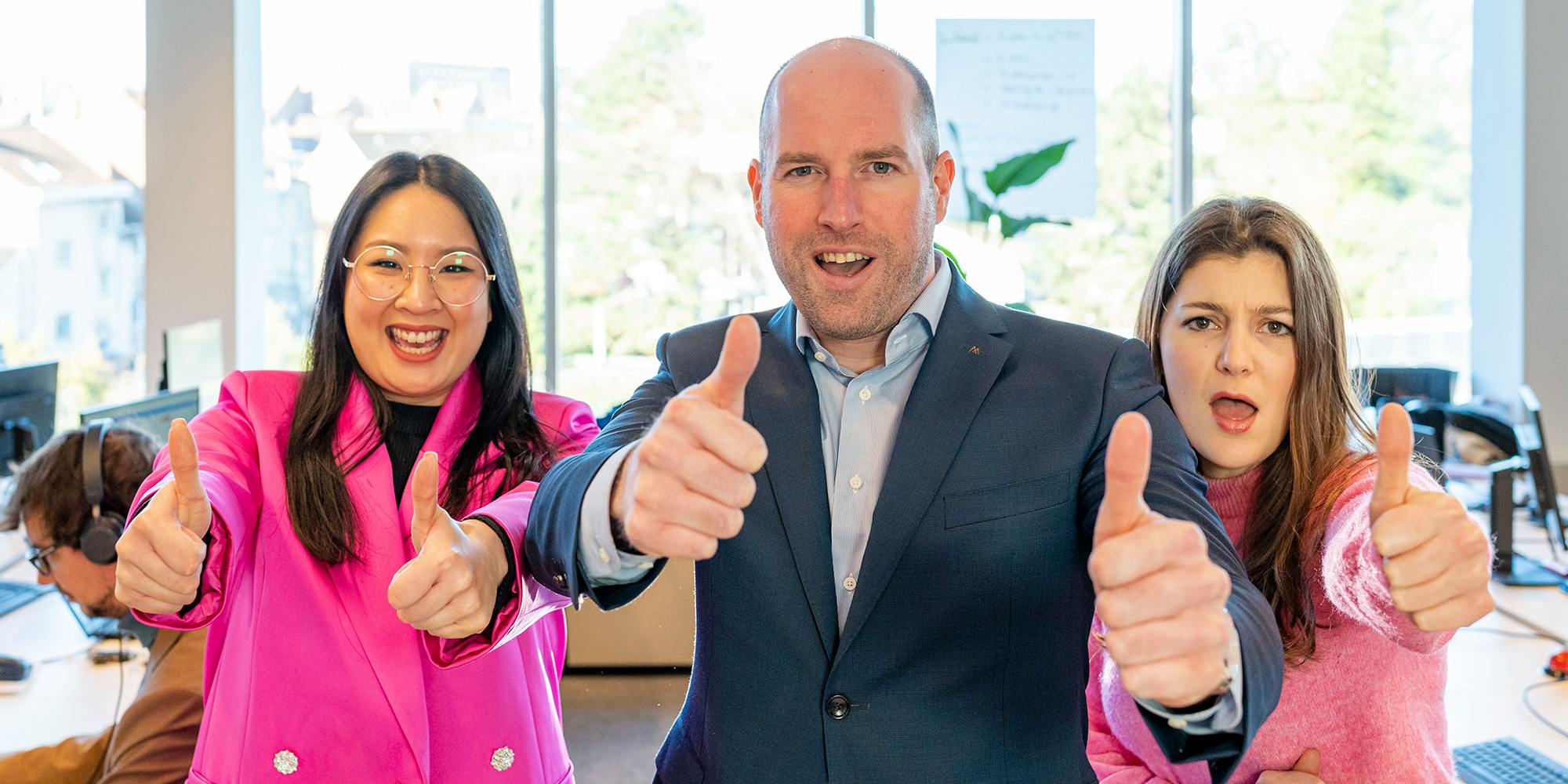Personality Tests in Recruitment: A Match?
The use of personality assessment tests in the recruitment process has been a topic of extensive discussion. While some experts argue against using personality tests for hiring purposes, many recruiters still rely on these tests to identify the most suitable candidates for specific positions.
The reason is simple: personality is a scientifically validated predictor that provides valuable insights into candidates' behavioral tendencies within a particular work environment, helping recruiters gauge whether an individual will excel or be a good fit for the role.
When used appropriately, personality assessments can serve as a crucial and objective tool in the recruitment process, reducing discrimination based on factors such as ethnicity and gender. However, it's essential to note that personality assessments should not be the sole determinant in hiring decisions.
The Power of Personality Tests in Predicting Job Success
Can personality predict job performance? Absolutely. Personality shapes a significant influence over our behavior, attitude, and habits, making it a reliable factor for forecasting a candidate's potential job performance.
For instance, when hiring a salesperson, it is important to consider personality traits that align with the job requirements. Employees thrive when their personal inclinations align with their job responsibilities. In other words, individuals perform better when their natural tendencies are in sync with their job demands.
Consider a scenario where two candidates possess similar education, experience, and cognitive abilities. By using a personality test like the California Psychological Inventory (CPI), it becomes possible to discern their differences across various scales. The candidate scoring higher on the flexibility scale, for example, might be more inclined to succeed in a sales role.
The suitability of personality assessment
As an employer or recruiter, you should be careful when incorporating personality tests into the recruitment process. Poor decisions and potential legal issues can arise if the assessments used are not psychometrically validated for hiring purposes. Therefore, it is essential to select personality assessment techniques specifically designed for selection and hiring.
When integrating such assessments, always prioritize the validity and reliability of the assessment method. But what do reliability and validity mean in this context? Reliability refers to obtaining consistent results when assessing an individual, multiple times using the same tests. Validity, on the other hand, pertains to the assessment's effectiveness in measuring what it is intended to measure.
Notably, many personality assessments available on the market lack sufficient reliability and validity. It is imperative to avoid using such tools to support the recruitment process. Instead, seek documented evidence demonstrating that an assessment meets the criteria for validity and reliability.
Integrating Personality Tests in the Recruitment Process

Having understood the value of personality tests in the hiring process, let's explore how to effectively use them to improve the quality of hires.
1. Develop a Sustainable Hiring Process
To begin, establish a sustainable and technology-driven hiring process. Identify any existing challenges hindering your ability to find the right fit or retain employees. Incorporate personality tests in a manner that addresses these challenges.
One of the most important questions is when to introduce personality tests in the hiring process. Should you use them in the first round of the interview or last? The answer depends on your specific needs and the structure of your hiring process.
2. Use the Appropriate Personality Tests
What test should you use to find the perfect candidate? Determining the ideal personality test for identifying the right talent requires a comprehensive understanding of the different assessment tests available for recruitment purposes. While experts may hold varying opinions on the most suitable test, the choice ultimately rests on personal preference and what aligns best with your requirements.
Experimentation may be necessary to determine the most effective test for your needs.
Popular personality tests for hiring include:
- Myers-Briggs Type Indicator (MBTI)
- Enneagram
- Five-Factor Model (FFM)
- DiSC Assessment
- Caliper Profile
Keep in mind, these tests reflect how happy a candidate would be considering the work environment.
3. Automate the Process
Before you even consider taking personality tests, it’s important to implement a digital hiring process. Manual integration of any assessment into your hiring process can be time-consuming and labor-intensive. By leveraging smart HR automation or talent management systems, you can seamlessly incorporate personality assessments into your existing framework.
Additionally, consider the option of administering tests online rather than through manual means. Manual processes take longer to gather and interpret results, whereas online assessments can save valuable time. By automating assessments and utilizing intelligent tools to interpret data, you can generate reliable reports with a single click.
When it comes to candidate assessment tests, leveraging AI-based HR technologies is highly recommended. These advanced recruitment assessment tools simplify the hiring process and enhance its efficiency. One example is Wiggli, a real-time SaaS HR platform that streamlines various aspects for recruiters, ranging from building talent pools to conducting personality tests.
Final thoughts
In conclusion, incorporating personality assessment tests into your hiring process can be a valuable addition, but they should not be the sole determining factor in hiring decisions. It is crucial to view them as one part of a comprehensive and well-rounded hiring strategy. Consider their integration alongside other valuable tools and methods to ensure the most effective selection of candidates.








